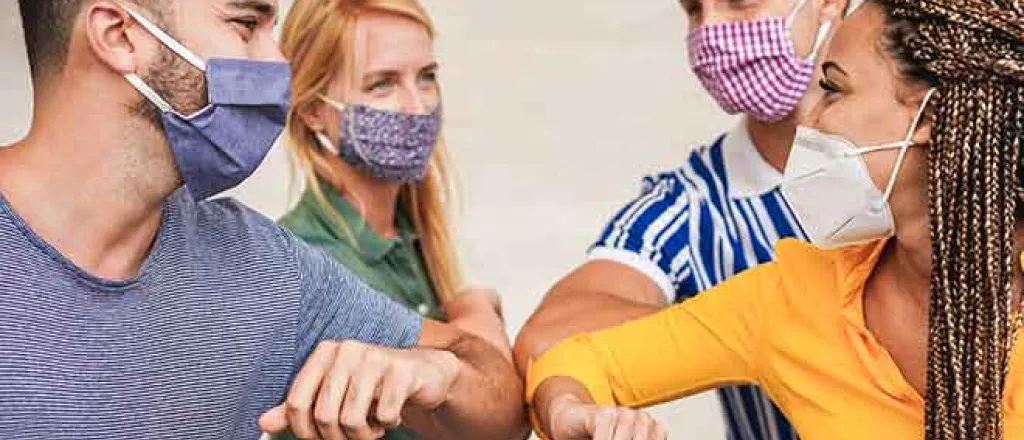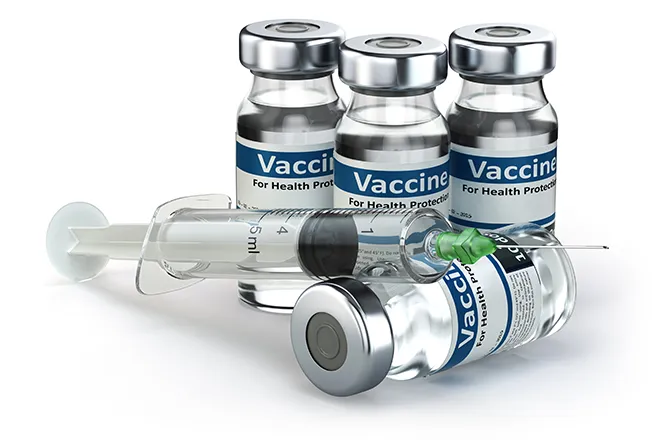
Colorado health department recommends students return to school but leaves choice up to districts, charters
(The Center Square) – A recent report by the Colorado Department of Public Health and Environment (CDPHE) recommends schools prioritize in-person learning, cut extracurricular activities, and implement protective measures so kids can safely return to school.
The report follows CDPHE’s latest public health order that left the decision to go in-person, remote, or hybrid learning to local school districts and charter schools. It was released as Colorado faces its highest daily increases of COVID-19 cases, forcing several counties to implement tighter restrictions on restaurants, businesses, and events.
CDPHE described the report as a culmination of public health data for schools to use when deciding which learning environment is safest for their students.
It emphasizes in-person learning as a means of reducing the economic burdens the pandemic has placed on families. Outside of job insecurity, a growing number of parents find themselves juggling two or more careers to keep up with the demands of distance learning.
“Disadvantaged students, English learners, and students with disabilities are disproportionately affected by the loss of learning,” the report concludes. “Students whose families are less able to support out-of-school learning will face larger learning losses than their more advantaged peers, which in turn will translate into deeper losses of lifetime earnings.”
To this end, CDPHE recommends allowing K-8 schools to return to in-person learning because these grade levels show low transmission rates among students. However, the report excludes transmission data from this classification. Instead, it offers data about K-5 schools, where 58% of transmissions are among staff.
The report also recommends allowing students in rural, charter, and private schools to return to in-person learning because their smaller class sizes afford them greater flexibility to reconfigure their campuses.
CDPHE also recommends curtailing extracurricular activities because the majority of in-school transmissions in Colorado have occurred between high school teachers and staff during in the classroom and between students and coaches in sports settings.
“The existence of school outbreaks demonstrates that transmission can occur in schools,” the report reads. “However, the relatively small number and size of these outbreaks indicates that school mitigation measures are limiting the introduction of COVID-19 from non-school community and household settings and preventing widespread transmission in schools.”
CDPHE stresses that any school that brings its students back to campus must adopt “both curricular and operational strategies to reduce both the risk and disruption caused by individuals COVID-19.” While making no mention of specific curricular changes, the report recommends adopting block scheduling, alternating in-person and remote learning, and utilizing small cohorts.
Unfortunately for many schools, these additional protective measures are neither free nor cheap. To alleviate some of the costs, Gov. Jared Polis issued millions in education grants to high-needs and charter school districts for the first round of Response, Innovation, and Student Equity (RISE) Fund awardees.
Recipients include the Peyton School District, which received $852,541 to develop an innovative postsecondary and workforce readiness program, and Elizabeth School District, which received $555,909 to develop career pathways for students.
"These initial recipients of the RISE Fund represent a diverse and forward-focused group of organizations that are each uniquely positioned to support the students and communities who have been hit hardest by COVID," Mike Johnston, chair of the RISE grant selection committee said in a statement. "These innovative leaders will not only help us find solutions to the crises created by COVID, but will also envision and build new approaches to solving some of the long-standing educational inequities that need powerful, fresh ideas built from the ground up."

















